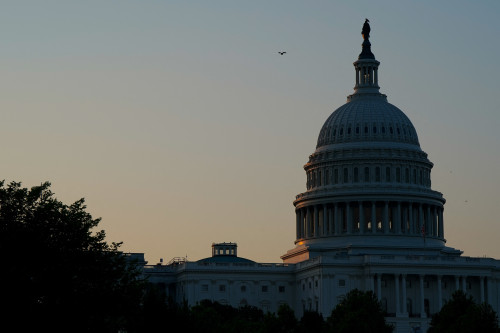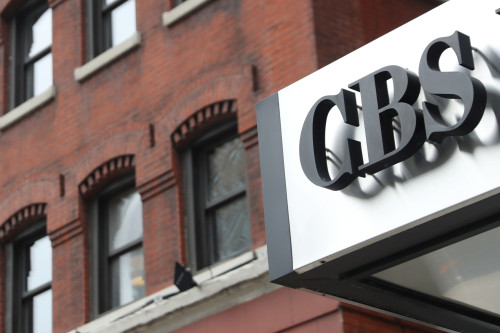
(Justin Vaughn, Editor, Options Trading Report)
The week opened aimlessly with no evident direction as the indices sputtered, with an uneventful closing. Then came Tuesday, a day of reckoning and the indexes began to retreat as inflation took on a serious stand. Consumer apathy showed its ugly head and the reality that inflation is hardly budging. Traders and Investors stepped in and the carnage began, with major selling drilling the market , as the indexes showed. The release of the August’s Consumer Price Index (CPI) rate was still high at 8.3%, and not an accepted number. (The rate for June was 9.1%, for July was 8.5%, and August’s rate was 8.3%). These numbers exhibited the highest inflation rates in 40 years. Those numbers triggered the heavy selloff immediately after the announcement. The S&P 500, The Dow Jones Industrial Average, and the Nasdaq Composite were off respectively 4.3%, 4%, and 5.2% sending a strong message that inflation is stubborn and budging only slightly to the effects of tightening. Leading economists had anticipated the final number to settle 8.1% or a bit lower. The 8.3% August figure was in fact less than July’s but not what experts looked for. Believing that two consecutive raises of 0.75% would turn inflation around significantly and lead a pathway to the desired 2% to 3%. General consensus is the 0.75% raise will continue until a pattern of consistent drops occurs. “Once we get past this week’s CPI and PPI inflation reports and next week’s FOMC meeting, the next major market catalyst will be Q3 earnings,” said Nicholas Calas of Data Track. Stocks continued to fall later Wednesday and Thursday, still suffering from inflation figures. The bond markets also reacted with the 10-year Treasury moving up to 3.422% up from 3.361% on Monday. The two-year Treasury also ticked up to 3.754%, the highest in fifteen years. (a note; yields and prices always move in opposite directions). Brent crude, the world’s benchmark for the price of oil, dropped to $93.17, hovering in that range now for several weeks. OPEC has been discussing a cut back for some time, but nothing has happened.
Riding Herd on Crypto… Between the SEC and the Treasury Department, there are a multitude of regulations aimed at controlling and directing all aspects of the currency’s functions. Of course crypto advocates are pushing back, accusing the government agencies of ‘over-examination’ and targeting well-intentioned crypto operations. The concerns of the Treasury Department are far reaching into several sectors: protections for the consumer, the financial make-up of the entire system. Also, there are serious concerns about fraudulent use of money transactions, and overall tighter control of trading markets. Control of crypto, as the SEC contends, falls directly to its agency, and is strongly defending their position. “If we’re going to uphold our mandate, we can’t abandon the field when we confront potentially novel issues,” Enforcement Director Gurbir Grewal said Friday at a conference in Washington. He added, “Non-enforcement… would be a betrayal of trust. That’s not an option for us.” Gary Gensler, Chairman of the SEC is a strong advocate for regulation and believes it is the responsibility of the SEC, a mandate.
Mortgage rates have soared past 6%, as demand is beginning to slow, nearly 29% lower than one year ago. Last week the rate was 5.89%, while edging up to 6.02% this week, with strong probably next week will see another high. The housing sector is being strongly affected by the Fed’s tightening, showing ‘at-once’ results. Sellers are rushing to list, and take offers as buyers are fewer than just three months ago, as mortgage rates are clamping down sales. Multiple offers and overpricing are waning, as ‘money tightens.’
Ten Hot Stocks With Massive Upside Potential
America’s #1 Pattern Trader has found a way to squeeze profits out of Wall Street’s biggest names – giving folks the chance to make 25%, 75%, even 100+% on any given trade within a few days’ time. Today he’s lined up 10 stock patterns, including the stock names, how much they could increase, and when he believes it’ll happen.
Just follow his instructions step-by-step.
RUMBLINGS ON THE STREET
Isbella Schnabel, European Central Bank executive committee member, Barron’s “For the first time in four decades central bankers need to prove how dedicated they are to preserving price stability.”
Barton Crockett, Rosenblatt Securities analyst, Barron’s “For much of social media, we’re going through a painful but inevitable, and ultimately healthy process of transforming from juggernaut to business. And what we’re seeing are various stages of denial, and ultimately acceptance of the inevitability.”
Gibson Smith, who co-managers fixed income at Janus Henderson and now runs his own firm, Barron’s “The $64,000 question is: How much higher will rates go on the front end?” he says. “The higher rates go, the greater the risk of a slower-growth trajectory.”
Richard McGuire, head of rates strategy at Rabobank, WSJ “We’ve got this long-running, learned, Pavlovian response that when demand appears to be faltering or equity values are declining, we’ve been conditioned for central banks to top up the punch bowl for investors,” adding, “That clearly is not good news for risky assets.”






